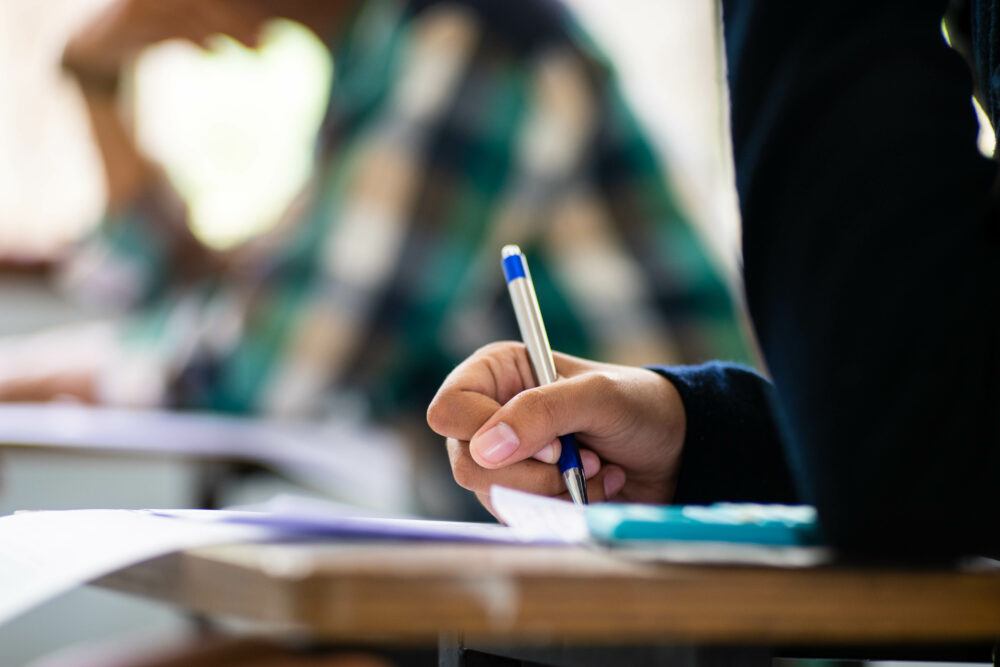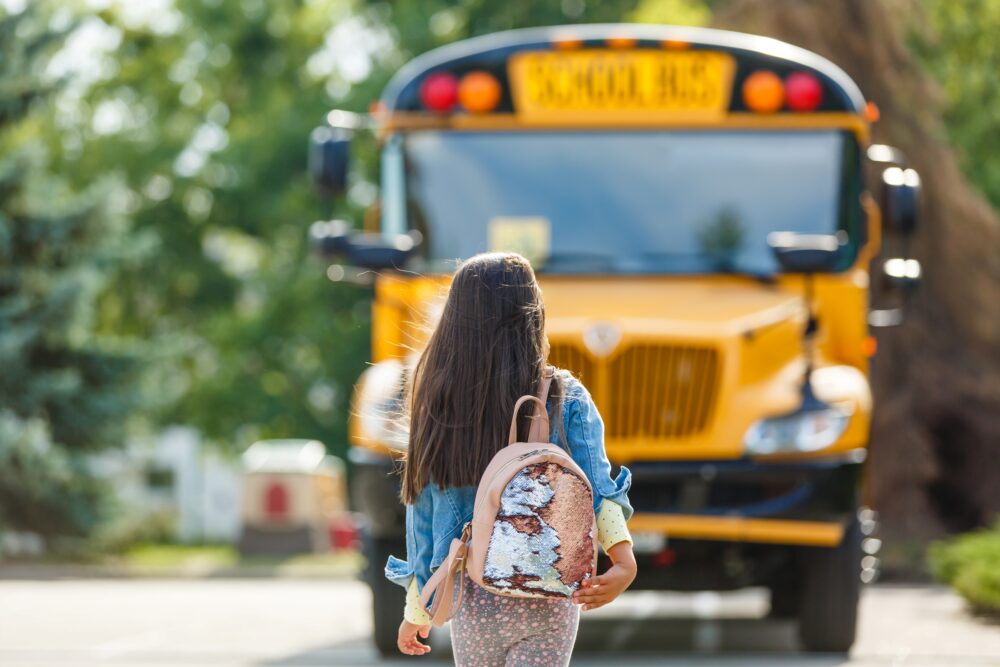Student Homelessness in New York City, 2020–21
More than 101,000 New York City students were identified as homeless during the 2020–21 school year, a 42% increase since the start of the decade and the sixth consecutive school year that more than 100,000 New York City students experienced homelessness.

Advocates for Children of New York released new data showing that more than 101,000 New York City students were identified as homeless during the 2020–21 school year, a 42% increase since the start of the decade and a number that has remained stubbornly persistent in recent years: last year marked the sixth consecutive school year that more than 100,000 New York City students experienced homelessness.
Last year, as the pandemic raged and most students continued to learn remotely, nearly 28,000 of them did so while living in New York City’s shelters, and approximately 65,000 lived “doubled-up” with friends or family, staying temporarily with others in overcrowded housing. An additional 3,860 students were unsheltered last year, living in cars, parks, or abandoned buildings. While the total number of students identified as homeless was 9% lower than in 2019-20, some of this decline is likely attributable to the drop in overall public school enrollment (3.3%), as well as the difficulty schools experienced identifying students whose housing situation changed while they were learning remotely.
While COVID-19 has further magnified the educational challenges facing students who are homeless, this group of students has long experienced tremendous obstacles to success in school. For example, in 2019, only 29% of students experiencing homelessness in grades 3-8 were reading proficiently, according to the state tests, 20 percentage points lower than the rate for their permanently housed peers. Students living in shelter—94% of whom are Black or Hispanic—face even more barriers to educational success. Prior to the pandemic, 57% of students living in shelter were already chronically absent—missing at least one out of every 10 school days in 2019-20—and only 52% of students living in shelter graduated high school in four years, 27 percentage points lower than the citywide average graduation rate.
“No child should be homeless, but while Mayor-elect Adams’ administration makes plans to tackle New York City’s housing and homelessness crisis, they must meet the immediate, daily educational needs of students who are homeless,” said Kim Sweet, Executive Director of Advocates for Children.
-
View the press release as a PDF
November 8, 2021



